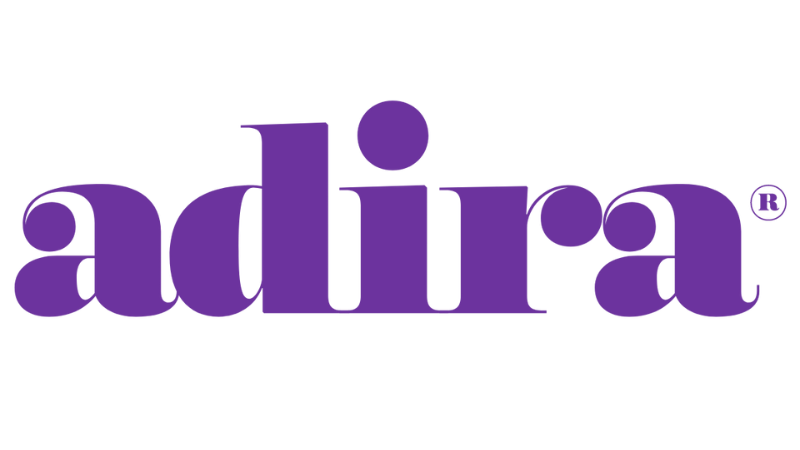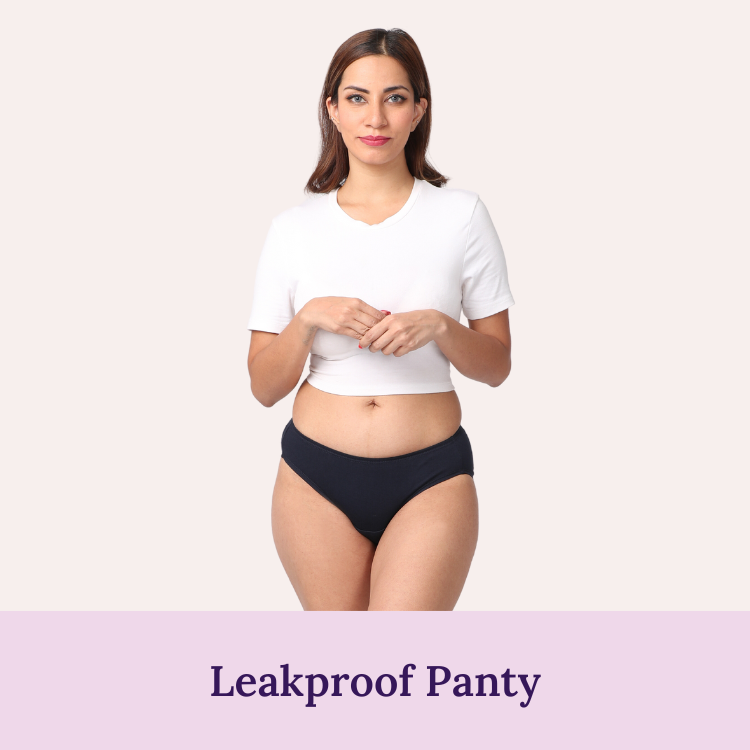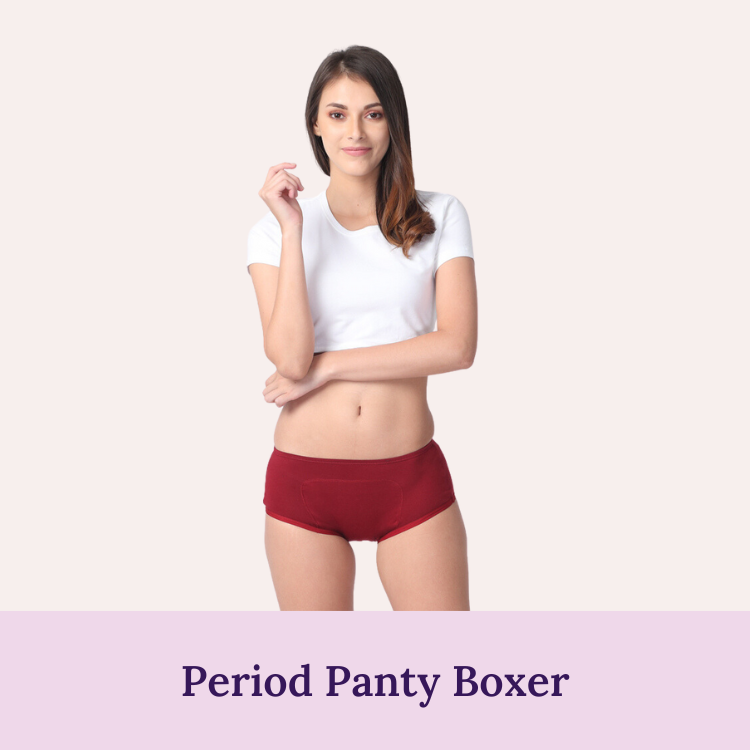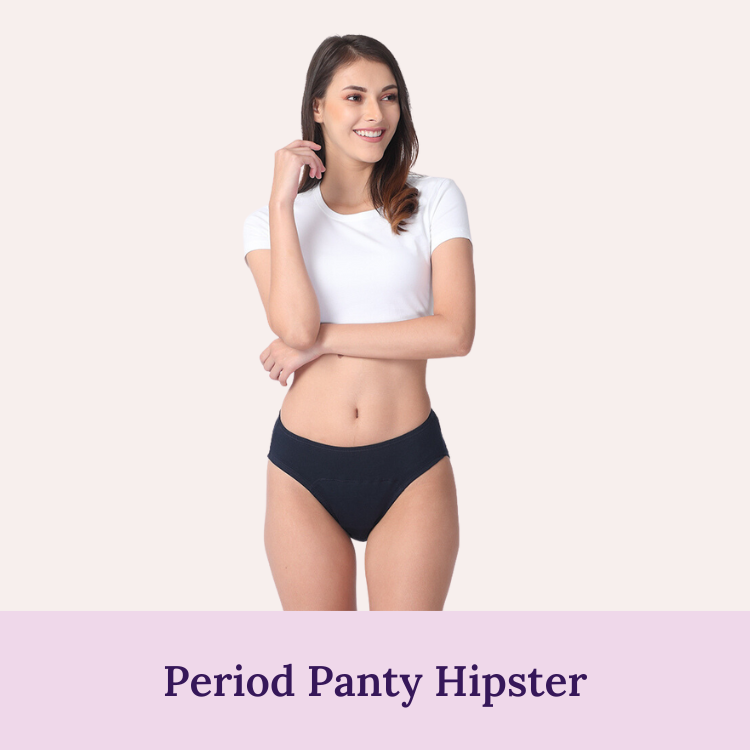Did you know that something called menstrual cups existed? The answer would probably be no. Though the menstruation hygiene market is estimated to be worth $700 million, menstrual cups are not very popular. Here is another surprising fact that these have been present since the 1930’s and are a patented product. A group of pioneering midwives developed this device, which has proven to be a long-term health investment. Let us have a detailed look at it via this guide to menstrual cups, then see if it’s the right fit for you.
What Is A Menstrual Cup?
In simple terms, a menstrual cup is a menstrual health device inserted into the vagina during your period. It is made from flexible materials like natural gum, silicon or thermoplastic elastomer (TPE). Not to mention, the silicone cups will last you the longest. Again, you must take your allergies (like latex allergy) into consideration before you buy one.
Benefits Of Menstrual Cups
By this time, you must have a fair understanding of what a menstrual cup is. However, what you may still need to know is why you should use it. There are many advantages of menstrual cups, and we have jotted down a few of them for you in this post. Feel free to read them.
- As mentioned, you can wear these longer than a tampon or a pad
- These cups can absorb more and are considered to be a boon for women with heavy flow
- These cups are string-free, making them a comfortable choice for active lifestyles—ideal for jogging, working out, swimming, or running.
- Plus, these have nothing harmful like adhesives, BPA or fragrances
- This implies they are odourless
- These don’t cause the dryness or discomfort some people experience with tampons.
- These do not trigger allergies
- Most importantly, you do not spend a fortune buying them like the disposable pads and tampons
- Overall, they’re reusable and eco-friendly, offering a greener, safer period solution.
Also read: Is It Safe For Teens To Use Menstrual Cups?
How To Select a Menstrual Cup Size?
It is recommended that women under 30 and those who have not given vaginal birth can settle for small-sized ones. On the other hand, Women over 30 who have given birth vaginally can choose a larger size. We believe the best way to select one would be to measure your cervix. You can buy it following these rules (but you may need to gently check your cervix position with a clean finger to measure it as well):
- If your cervix is hard to reach, then it is high, and you may need a longer cup
- If your knuckles reach your cervix, you likely have an average height and should select a medium cup.
- In case your fingers reach your cervix right away, then you have a low cervix, and you may need shorter cups
- If you work out and have a toned pelvis, opt for a firmer cup.
- If you have bladder issues or simply do not approve of firm ones, then go for the softer alternative
- Choose your stem style—ball, hollow, ring, solid, or flat.
You can pair menstrual cups with Adira Period Panty Hipsters to make sure you never stain.
How Do You Clean Menstrual Cups?
Cleaning requires a little care, but it becomes easy with practice. Yes, you will have to sterilise it in between periods and store it in a bag. You can simply boil water and add the cup; once it floats up, you know it has been sterilised. Nonetheless, we will advise you to read the user manual by your manufacturer thoroughly before you perform any cleaning ritual.
Side Effects Of Using Menstrual Cups
There are a few problems besides the maintenance part of using menstrual cups. We can tell you that they are:
- Menstrual cups may cause discomfort or pain during insertion or removal.
- There is a small risk of infection if the cup is not cleaned properly.
- The cup may leak if not positioned correctly.
- Cups can be difficult to insert or remove for some people, especially those with certain medical conditions.
- Menstrual cups may be unsuitable for those with a very low cervix or extremely heavy flow.
- They may stretch the hymenal tissue—something completely normal and unrelated to virginity.
If you’re considering menstrual cups for your daughter, wait until she has had a regular period for at least one year. You may also buy her this fun book on puberty, which will help her look at the whole growing-up process in a positive way.
Also read: Daughter's First Period: What To Expect?
Conclusion:
Menstrual cups offer an eco-friendly, cost-effective, and safe alternative to traditional menstrual products.
While there may be some side effects or challenges associated with using menstrual cups, many users find them to be a convenient and comfortable option. As with any menstrual product, it's important to choose a cup that fits well and to follow proper hygiene and usage instructions.
With proper care and use, menstrual cups can be a great option for those looking to reduce their environmental impact and simplify their menstrual routine.
Final Verdict:
Now, you may be thinking if a menstrual cup could hurt while removing it. You might not have come across menstrual cups before—and that’s okay, as unlike tampons, they do not dry up. That said, we mean it will not make you uncomfortable while taking it off. Moreover, they can be worn for longer hours (like up to 12 hours) as well as overnight. Thank you for reading—here’s to a healthier, greener period!
Hope we have answered all your questions in this guide to menstrual cups.
Shop all Adira essentials, including period panty hipsters, for an extra 10% off using code "MENSTRUAL10"













